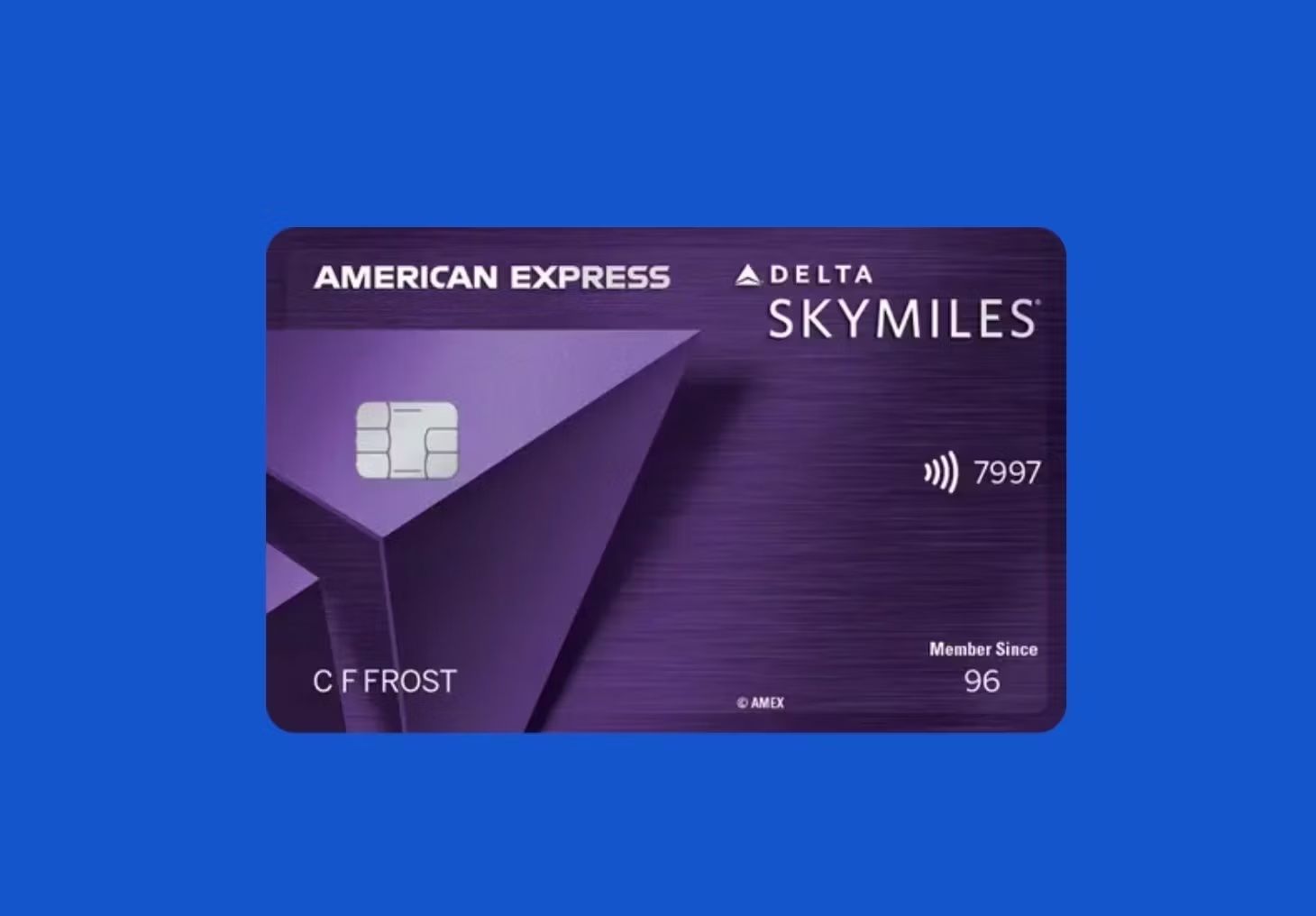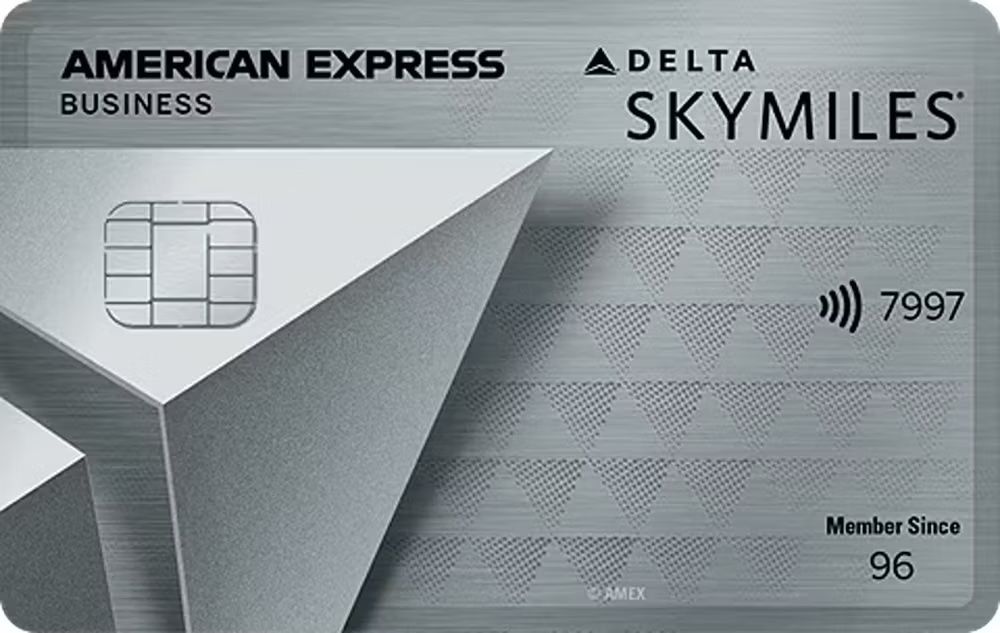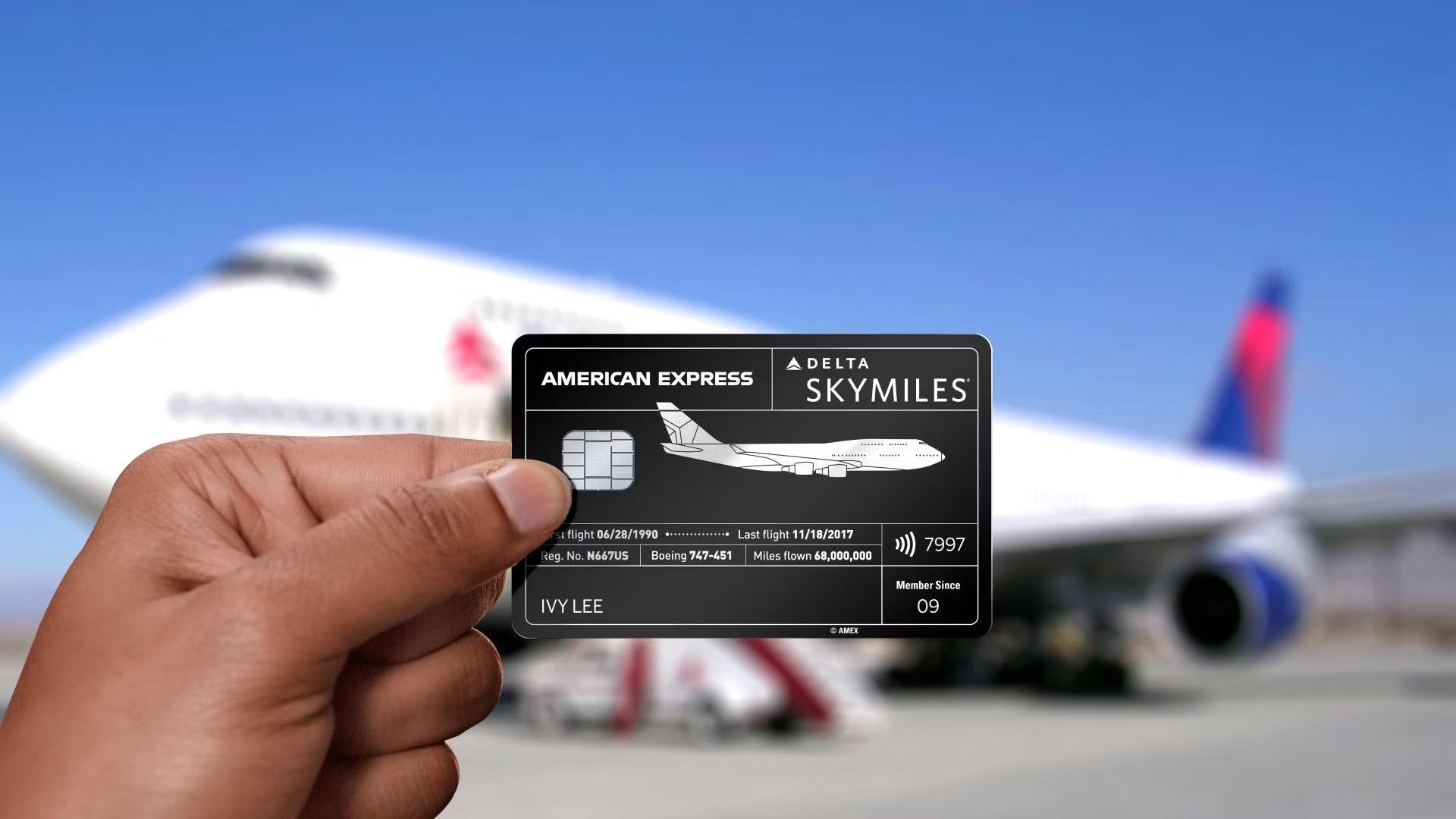Summary
- Benefits like free checked bags and discounted award tickets make premium Delta cards worth considering.
- The Delta Reserve offers lounge access, while the Platinum card offers dining rewards.
- The Delta Platinum card could be the better choice if you don’t care much about lounge access and spend money at restaurants.
When one is deciding which ![]() Delta Air Lines
Delta Air Lines
cobranded credit card to open an account with, there are several different considerations including annual fees and flight benefits. For most who choose to open their first Delta American Express card, the Delta American Express Gold card is often a natural choice, as it offers the best combination of inflight benefits for its relatively low annual fee of just $150.
Nonetheless, multiple other Delta credit cards offer a significant improvement in terms of inflight benefits, and they can also help one attain Medallion status much faster. Two such cards are the Delta SkyMiles Platinum card (not to be confused with the American Express Platinum Card) and the Delta SkyMiles Reserve card, each of which carries hefty annual fees that may be justified by the impressive benefits they bring along.
Photo: American Express
The decision of whether to upgrade from the Gold to one of these premium cards is often a difficult one to make, and one must carefully consider their spending habits and the benefits that one believes to be the most important. Nonetheless, there are still clear ways to justify the multi-hundred-dollar annual fees that these upgraded cards bring along.
As a result, many will choose to upgrade to either the Delta Platinum or the Delta Reserve, and the decision between these two often proves even more challenging. Let’s take a deeper look at what sets these two credit cards apart.
Shared benefits form the core of what these credit cards offer
For starters, it is important to note that the vast majority of the benefits offered by both the Delta Platinum and Delta Reserve cards are shared. Some of these benefits are even offered by the Delta SkyMiles Gold card, which, on account of its lower annual fee, is, unsurprisingly, the carrier’s most popular credit card.
One of the first benefits that is shared by both credit cards is the ability to bring a free checked bag onboard any flight, regardless of whether the ticket was purchased with cash or miles. This benefit is also extended to up to eight of a traveler’s companions, saving family travelers hundreds in checked bag fees.
Furthermore, customers holding a Delta Platinum or Delta Reserve card are eligible to book award tickets at a hefty discount. Takeoff15, as it is marketed by the airline, allows select SkyMiles credit card holders to receive a 15% discount when booking a ticket with miles, making award flights far more attainable.
Photo: American Express
The flight benefits shared by both cards do not end there. Those holding either card are entitled to priority boarding, alongside up to eight of their companions. Those making inflight purchases on either credit card are also eligible to receive 20% back in the form of statement credits.
Furthermore, for those looking for elite status boosts, both cards will provide you with a $2,500 Medallion Qualifying Dollar (MQD) head start, helping you achieve your status objectives sooner. Both cards will also allow you to place yourself on the complimentary upgrade list, albeit behind Medallion members. (Do note that Reserve card holders will always be upgraded before Platinum ones).
Across the board, both credit cards provide all the inflight and financial benefits that one would expect from premium airline cobranded products. However, some benefits set apart the two cards, one of which has nearly twice the annual fee of the other.
Comparing the Platinum and the Reserve side-by-side
Let’s begin by noting some of the most important high-level differences between these two cards. The most important of which, of course, is their annual fees:
|
Card: |
Annual fee: |
|---|---|
|
Delta American Express Platinum |
$350 |
|
Delta American Express Reserve |
$650 |
So we can immediately note that there is a near two-fold difference between these two cards, something which Delta justifies with a single benefit. Those holding Reserve cards can access the Delta Sky Club as well as American Express’ network of Centurion Lounges, a benefit not afforded to those who hold Platinum cards.
It is important to note that Delta has made this change relatively recently, having chosen to restrict access to its lounges quite significantly. While Platinum cardholders are not permitted to enter the Sky Club at all, those holding Reserve cards are now restricted to just 10 visits per year.
Photo: Delta Air Lines
There are other benefits offered by the Reserve card which go beyond what one can expect from the platinum card. These include all of the following:
|
Delta Platinum American Express Card: |
Delta Reserve American Express Card: |
|---|---|
|
Hertz Five Star Status |
Hertz President’s Circle Status |
|
$120 Resy credit |
$240 Resy credit |
|
$150 Delta stays credit |
$200 Delta stays credit |
|
Earn 1 MQD for each $20 spent |
Earn 1 MQS for each $10 spent |
Despite this, there are a few places where the lower-fee Platinum card offers improved benefits. While both Platinum and Reserve cardholders will be offered an impressive 3 bonus SkyMiles per dollar spent on Delta Air Lines purchases, Platinum cardholders will receive two miles per each dollar spent on purchases at US restaurants. All other purchases will earn one SkyMile per dollar spent.
At the end of the day, the Reserve card and the Platinum card each offer their own set of benefits, with the former’s high fee driven primarily by lounge access. However, if you do not care all that much about lounge access and like to spend money at restaurants, the Delta Platinum card could be right for you.




